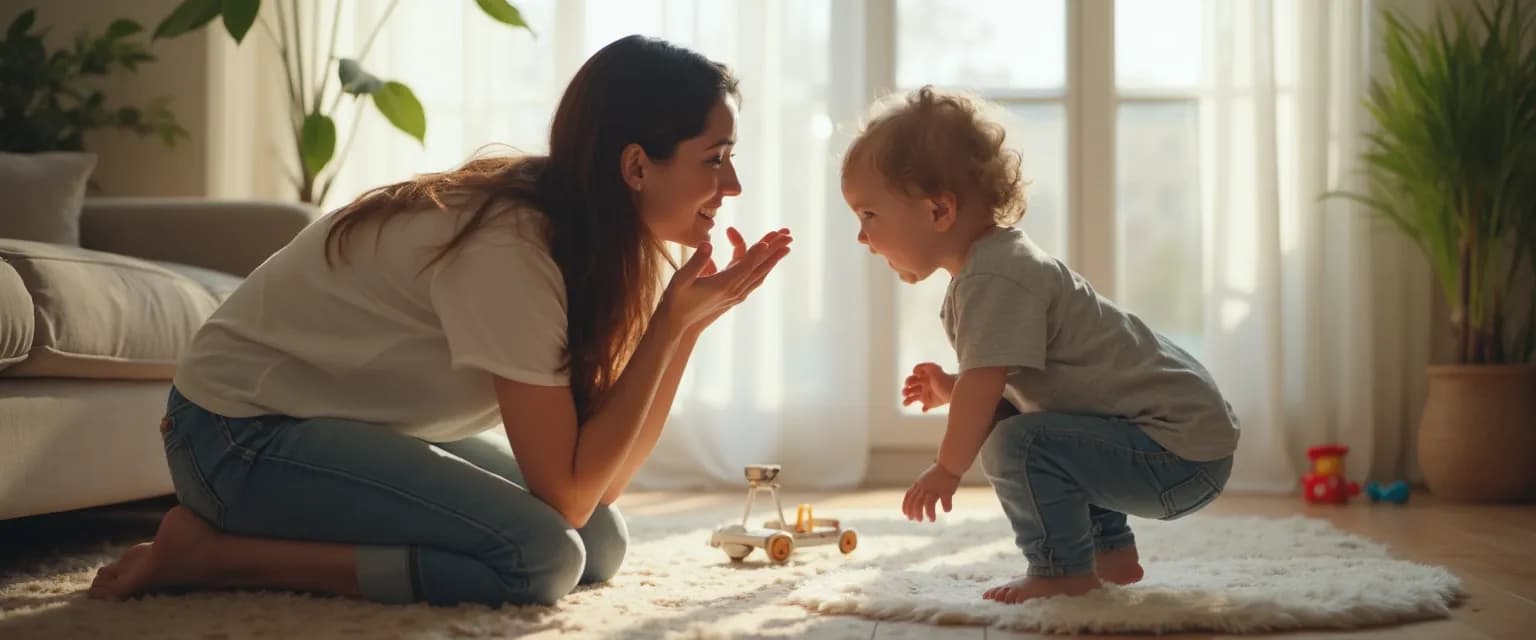Junior Anger Management: How Parents Can Help Children Tame Tantrums
Ever watched your child turn into a tiny tornado of emotions? Those big feelings can be overwhelming for both of you. Junior anger management isn't just about stopping tantrums—it's about equipping your child with emotional skills they'll use for life. When children aged 5-12 learn to navigate their stormy emotions, they develop crucial neural pathways that support emotional regulation for years to come.
As parents, we play the starring role in our children's emotional development. Your consistent, compassionate guidance creates the foundation for emotional awareness skills they'll rely on throughout childhood and beyond. The good news? Children's brains are remarkably adaptable. With the right junior anger management approaches, even the most explosive child can learn to recognize and manage strong feelings.
Remember that emotional development happens gradually. Your 6-year-old won't have the same anger control as your 10-year-old, and that's perfectly normal. Effective junior anger management meets children where they are developmentally while gently stretching their capabilities.
Recognizing Junior Anger Management Triggers Before Meltdowns
The secret to successful junior anger management? Catching emotions before they reach volcanic proportions. Common triggers for school-aged children include hunger, fatigue, transitions, frustration with difficult tasks, social conflicts, and feeling misunderstood. By identifying your child's unique triggers, you gain valuable insight into their emotional landscape.
Children's bodies often signal rising emotions before their minds can process what's happening. Watch for physical warning signs like clenched fists, flushed cheeks, rapid breathing, or a tightened jaw. Behavioral cues might include a louder voice, faster speech, restlessness, or withdrawal. These signals offer perfect teaching moments for junior anger management.
Help your child develop their emotional awareness by creating a shared vocabulary for feelings. Simple check-ins like "Where's your emotional temperature right now?" help children tune into their inner states. A feelings chart with faces or numbers can make this concrete for younger kids. The goal of effective emotion regulation techniques is helping children recognize "I'm getting angry" before they're in full meltdown mode.
Creating a "feelings dictionary" together builds your child's emotional vocabulary beyond just "mad" or "sad." When children can identify specific emotions like disappointment, frustration, or embarrassment, they gain more precise tools for junior anger management. This naming of feelings actually helps activate the brain's regulatory systems.
Effective Junior Anger Management Techniques for Different Ages
For children ages 5-7, concrete and physical junior anger management strategies work best. Try these approaches:
- "Turtle shell" technique: Teach them to wrap their arms around themselves, take deep breaths, and imagine retreating to a safe shell until calm
- Sensory calming tools: Squeeze balls, fidget toys, or weighted stuffed animals provide tactile comfort
- "Dragon breaths": Have them pretend to breathe fire out slowly, which naturally extends the exhale and activates the calming nervous system
Children ages 8-12 can handle more sophisticated junior anger management techniques:
- The 5-4-3-2-1 grounding technique: Name 5 things they see, 4 things they feel, 3 things they hear, 2 things they smell, and 1 thing they taste
- "Pause button" visualization: Imagine pressing a remote control pause button when emotions start escalating
- Problem-solving scripts: "I feel... when... because... What I need is..."
Communication during heated moments makes all the difference. Instead of asking "Why are you so angry?" try "I see you're having big feelings. Let's figure this out together." This supportive approach validates their emotions while offering partnership in finding solutions.
Building Long-Term Junior Anger Management Success
Consistency creates the neural pathways that make junior anger management automatic over time. When you respond with the same calm approach to emotional outbursts, children internalize this pattern. Remember that progress often follows the "two steps forward, one step back" rule—especially during times of stress or change.
Your own emotional regulation serves as a living demonstration of healthy anger management. When you model taking deep breaths during your frustrating moments, you're providing a powerful junior anger management lesson without saying a word. Children learn more from what we do than what we say.
Celebrate improvements in emotional control, no matter how small. "I noticed you took three deep breaths when your block tower fell. That's using your junior anger management tools!" These acknowledgments reinforce the neural pathways you're helping your child build. With patience, practice, and your steady guidance, your child's emotional regulation skills will continue to strengthen, setting them up for success in managing life's inevitable frustrations.




